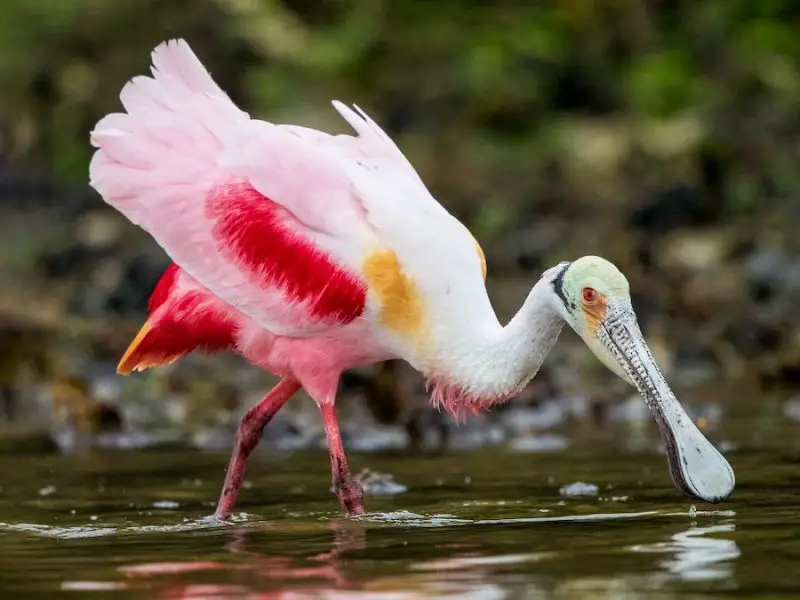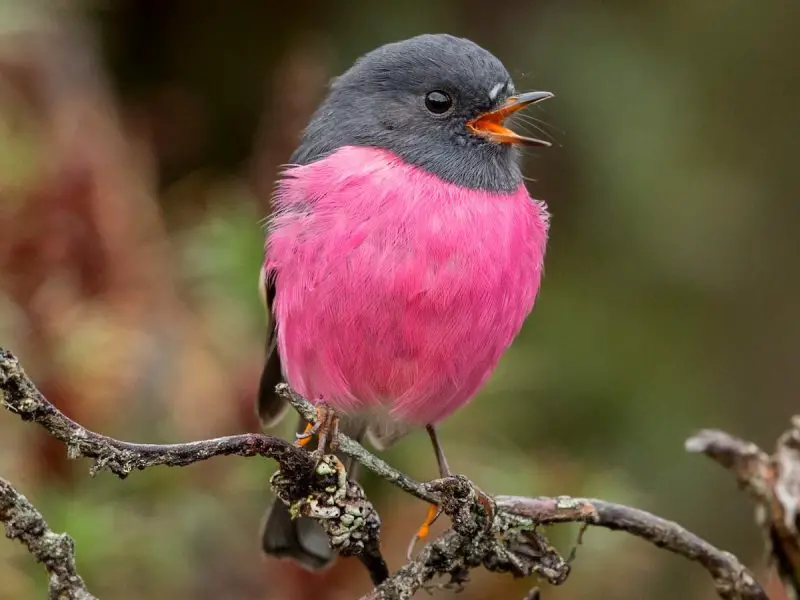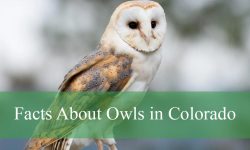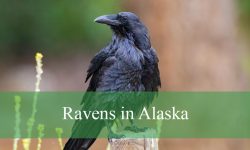Florida is a paradise for bird lovers, especially those fascinated by the vibrant and unusual. Among the Sunshine State’s most captivating avian residents are the pink birds in Florida, which stand out with their rosy plumage and graceful appearances. These striking creatures can be spotted in a variety of habitats, from coastal wetlands to mangrove forests and even urban bird sanctuaries.
The presence of pink birds in Florida is more than just a visual treat — it reflects the state’s rich biodiversity and unique ecosystems. Some of these birds are native waders that rely on Florida’s brackish marshes, while others are tropical exotics often seen in captivity or as escapees. From the elegant Roseate Spoonbill to the rare American Flamingo, each species offers a distinct charm and fascinating behavior.
No matter if you’re a seasoned birder or simply curious about Florida’s birdlife, exploring these 4 remarkable pink birds in Florida will deepen your appreciation for nature’s color and diversity. This guide includes identification tips, behavior insights, and beautiful images to help you enjoy these feathered beauties even more.
Different Types Pink Birds Found in Florida
Roseate Spoonbill (Platalea ajaja)

The Roseate Spoonbill is one of Florida’s most striking and easily recognizable birds due to its vibrant pink plumage. Its feathers range from soft blush pink to deep rosy hues, especially on its wings and chest. One of the most distinctive features is its long, flat, spoon-shaped bill, which it uses skillfully to forage in shallow waters by sweeping it from side to side to catch small fish, crustaceans, and aquatic insects. This unique feeding behavior helps distinguish it from other wading birds. The Roseate Spoonbill stands about 2.5 to 3 feet tall, with a wingspan of approximately 4.5 to 5 feet, making it a fairly large bird with graceful movements.
These birds are most commonly found in the coastal wetlands, mangroves, and marshes of southern Florida, including iconic areas such as the Everglades National Park and Florida Bay. They prefer shallow, brackish or saltwater habitats where they can easily find their prey. Roseate Spoonbills are social birds, often seen in small flocks or mixed groups with other wading birds like herons and egrets. Their breeding colonies are typically located on remote islands or in dense mangrove thickets, providing protection from predators.
In terms of behavior, Roseate Spoonbills are diurnal feeders, active mostly during the day, and they nest in trees or shrubs close to water. During the breeding season, their pink coloration intensifies due to diet and hormonal changes. The pink pigments come from carotenoids found in their diet, mainly from shrimp and other crustaceans. Juvenile spoonbills have paler feathers, which gradually deepen in color as they mature. Their distinctive spoon bill and pink color make them a favorite subject for bird watchers and photographers visiting Florida’s wetlands.
Conservation efforts have helped the Roseate Spoonbill rebound from near-threatened status due to habitat loss and pollution in the past. Today, they are considered stable in Florida, but continued protection of wetland habitats remains crucial. These birds also serve as an important indicator species for the health of Florida’s coastal ecosystems, as their presence reflects a rich and balanced aquatic environment.
American Flamingo (Phoenicopterus ruber)

The American Flamingo is an iconic bird renowned worldwide for its brilliant pink to reddish plumage, long slender legs, and gracefully curved bill designed for filter feeding. While flamingos are native to the Caribbean and parts of Central and South America, occasional sightings have been documented in southern Florida, especially in the Florida Keys and Everglades regions. These appearances may be due to natural range expansion, storm-driven movements, or escapees from captivity. Though not common residents, flamingos have been increasingly reported, hinting at the possibility of them establishing small wild populations in the state.
Flamingos obtain their stunning pink coloration from carotenoid pigments in their diet, primarily from algae, brine shrimp, and other small crustaceans found in saline or alkaline waters. Adult American Flamingos stand about 3.3 to 4.6 feet tall with wingspans ranging from 4.7 to 5.2 feet, making them among the tallest wading birds in Florida. Their unique beak allows them to feed by holding it upside down in the water to filter out food particles, a feeding technique unlike any other bird in the region.
These birds favor shallow, salty lagoons, mudflats, and estuaries where their specialized diet is abundant. They are highly social and typically live in large colonies that provide safety and increased breeding success. Flamingos also engage in elaborate group courtship displays involving synchronized dancing, vocalizations, and wing spreading, which make their breeding behavior a spectacular sight. Their long legs and necks allow them to wade through deeper water than many other wading birds.
Although American Flamingos are not officially listed as breeding residents in Florida, occasional nesting attempts have been recorded, and their growing presence has sparked interest among ornithologists and conservationists. Their rarity and vibrant appearance make them a captivating species for birdwatchers visiting the southern tip of the state.
Pink Robin (Petroica rodinogaster) – Exotic and Rare

The Pink Robin, native to Australia, is not a natural inhabitant of Florida but can occasionally be found as an escaped or released exotic pet bird in the state. It is a small passerine bird known for its delicate pink breast and contrasting dark head and wings. The bird’s size is modest, usually around 14 cm (5.5 inches) in length, with a slender body and a relatively short tail. Its gentle coloring and compact size make it popular in aviculture, but sightings in the wild in Florida are extremely rare and usually linked to escaped pets.
In terms of behavior, the Pink Robin is generally shy and elusive, preferring dense undergrowth and forested areas where it forages for insects and small invertebrates. This bird is known for its melodious song and discreet nature. In its native habitat, it inhabits temperate forests and woodlands, but in Florida, any individuals surviving outside captivity would likely try to adapt to dense garden areas or parks with thick shrubbery.
Because Pink Robins are not adapted to Florida’s climate or ecosystems, they are not considered established or invasive species. Their presence is mostly incidental, and they do not pose any significant ecological impact. Bird enthusiasts occasionally report them due to their striking coloration, but these are isolated cases with no evidence of breeding populations.
If you are interested in pink birds beyond native species, these rare sightings of exotic birds like the Pink Robin highlight the diversity of avian colors and how pet trade and escapes can sometimes add unexpected species to local bird lists. However, it is important to note that conservation efforts focus on protecting native species and habitats rather than supporting exotic introductions.
Major Mitchell’s Cockatoo (Lophochroa leadbeateri) – Exotic Pet Bird

Major Mitchell’s Cockatoo, also known as the Pink Cockatoo, is a stunning parrot species native to Australia but occasionally kept as an exotic pet in Florida. These birds are famous for their striking combination of pale pink and white feathers with bright red and yellow crest plumes that they raise in display. They measure about 35 to 40 cm (14 to 16 inches) in length and have strong curved bills for cracking nuts and seeds.
Though not native or wild in Florida, escaped or released individuals may sometimes be spotted in residential areas or aviaries, adding a splash of pink color to local birdwatching experiences. Their behavior is intelligent and social; they are known for their loud calls, playful nature, and strong pair bonds. Major Mitchell’s Cockatoos require specialized care in captivity, including social interaction and a diverse diet.
In the wild, these cockatoos inhabit arid and semi-arid regions with eucalyptus woodlands and open country. In Florida, if seen outside captivity, they would likely try to survive in urban or suburban parks and gardens but do not form wild populations. Their rarity and vibrant colors make them sought-after among bird enthusiasts and pet owners.
Although exotic and non-native, the presence of Major Mitchell’s Cockatoo highlights how Florida’s diverse climate and human activity bring a variety of colorful birds into the area, whether native or introduced. They are a reminder of the rich spectrum of pink birds, both wild and captive, that can be observed in the region.
Best Places to See Pink Birds in Florida
Florida is one of the best places in the United States to observe pink birds in the wild, thanks to its warm climate, vast wetlands, and coastal habitats. Some of the most reliable spots to see pink birds like the Roseate Spoonbill and American Flamingo include Everglades National Park, Merritt Island National Wildlife Refuge, and the coastal marshes of the Florida Keys. These locations offer the shallow brackish or saltwater environments where many pink wading birds thrive, particularly in mangrove forests, tidal flats, and estuarine lagoons.
Southern Florida is especially rich in opportunities for birdwatching. In places like Flamingo in Everglades National Park or Snake Bight Trail, visitors often spot Roseate Spoonbills feeding in the shallows at low tide. The Florida Keys and Biscayne Bay occasionally host sightings of American Flamingos, especially during winter months. For those near the Gulf Coast, the J.N. “Ding” Darling National Wildlife Refuge on Sanibel Island is another hotspot for viewing pink birds in natural surroundings.
Urban areas with large parks or bird sanctuaries may also host pink birds, particularly exotic species like Major Mitchell’s Cockatoo or escaped pet flamingos. Bird rehabilitation centers, botanical gardens, and aviaries across Florida often house rare or non-native pink birds, offering a chance to see these striking species up close. Locations such as Jungle Island in Miami or the Florida Keys Wild Bird Center can provide those experiences.
If you’re planning a birding trip focused on pink species, the best times to visit are early mornings during the dry season (November to April), when water levels are low and birds gather in concentrated areas to feed. Bringing binoculars and checking local wildlife reports can also enhance your chances of successful sightings.






